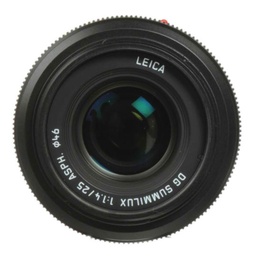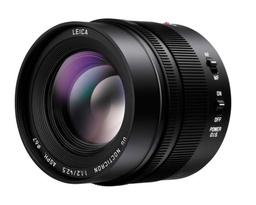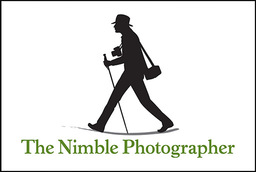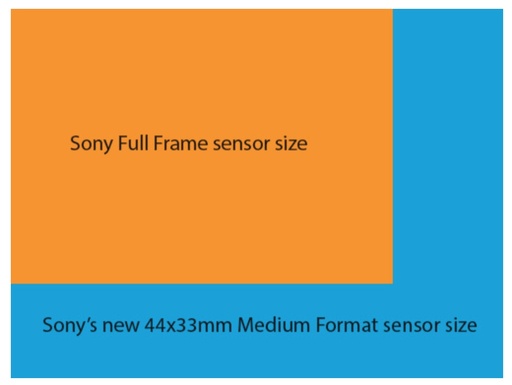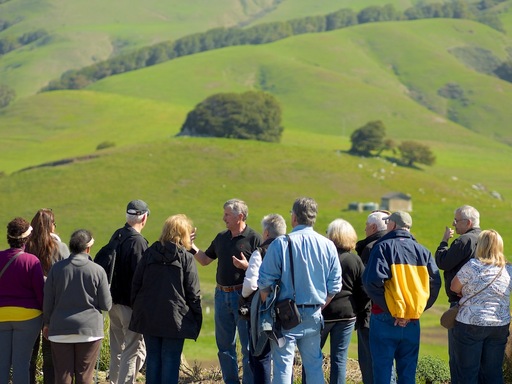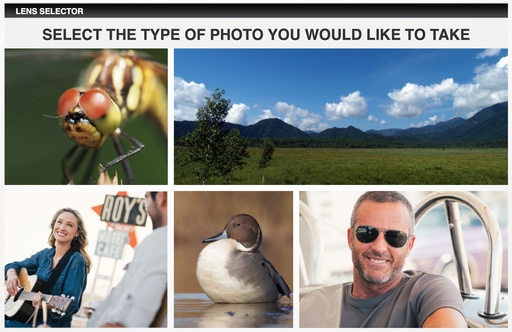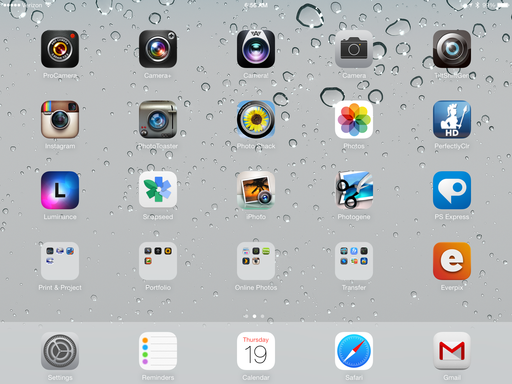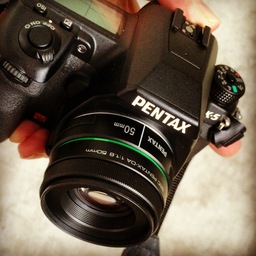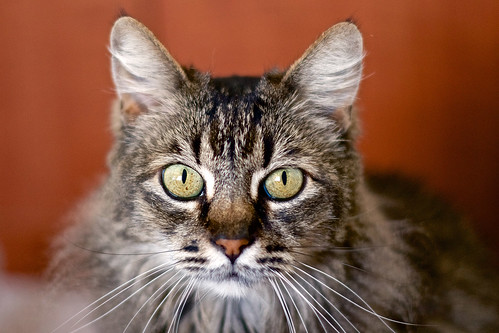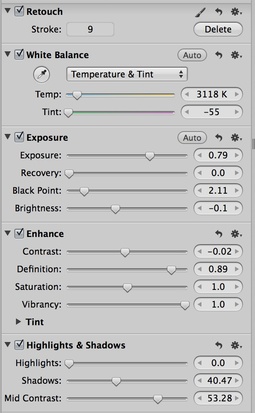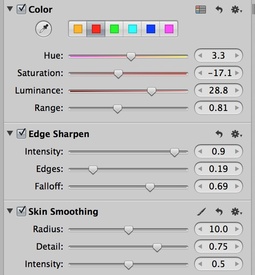This week on The Digital Story photography podcast: 5 Steps to Restore Old, Faded Photos; The Story of Two Lenses (and how they invigorated cameras I wasn't using); and Flickr Redesign in the Works - All of this and more on today's show with Derrick Story.
Story #1 - The Weekly Update: Calumet Photographic closes U.S. stores (DP Review)
In other news, Looks like we have a Flickr redesign coming within a few weeks. My favorite part of this is that the intrusive Yahoo nav bar will be eliminated. (PetaPixel).
And finally, Michael Reichmann posted an essay on The Luminous Landscape titled, Why the Camera Industry is in The Dumper
And What Can be Done About It. He cites buyer fatigue among the reasons. It's an interesting ready whether you agree with his points or not. (The Luminous Landscape).
Story #2 - 5 Steps to Restore Old Faded Photos
 That's me sitting on the couch with a camera. My sister looks pretty bored, and my Mom doesn't seem to be in a portrait mood.
That's me sitting on the couch with a camera. My sister looks pretty bored, and my Mom doesn't seem to be in a portrait mood.
Both Aperture and Lightroom have the image editing tools to breath new life into the scans of your faded family photos. Here's a quick overview.
- Remove Cast with Temperature and Tint
- Improve Contrast
- Add Vibrancy
- Fix Blotches with the Retouch Brush
- Increase Definition and Sharpness
For more detail about these adjustments, see my article, How to Restore Old Photos in Aperture.
Story #3 - From the Screening Room - Mikkel Aaland - Travel Photography: Seaside Road Trip Setting the Stage. This week's featured artist is veteran photographer Mikkel Aaland. I picked this title because Mikkel knows travel (I spent a week in Iceland with him), and we're coming in to the time of year where many of us have trips planned.
You can watch Mikkel in action by visiting the TDS Screening Room at lynda.com/thedigitalstory. While you're there, you can start your 7 day free trial to watch other photography titles, plus every other topic in the library.
Story #4 - The Story of Two Lenses (and how they invigorated cameras I wasn't using).
Virtual Camera Club News
Workshop News: The Sonoma Coast Photography Workshop is scheduled for August 22-24, 2014. And the dates are set for the Fall Color with Safari West Workshop, October 24-26, 2014. You can learn about them both, plus request a reservation form by visiting the TDS Workshops Page and using the "Send Me Info" box.
Lowepro Pro Roller x-200 Giveaway: Follow Derrick_Story on Twitter, TheDigitalStory on Facebook, or DerrickStory on Instagram, then by March 31, 2014, send an email to: derrick@thedigitalstory.com with the Subject line: Roller Giveaway and your name and social network addition in the body of the email. Please include your shipping address.
Photo Assignment for March 2014 is HDR.
If you haven't done so already, please post a review for The Digital Story Podcast in iTunes.
BTW: If you're ordering through B&H or Amazon, please click on the respective ad tile under the Products header in the box half way down the 2nd column on thedigitalstory.com. That helps support the site.
Listen to the Podcast
In addition to subscribing in iTunes, you can also download the podcast file here (32 minutes). You can support this podcast by purchasing the TDS iPhone App for only $2.99 from the Apple App Store.
More Ways to Participate
Want to share photos and talk with other members in our virtual camera club? Check out our Flickr Public Group. And from those images, I choose the TDS Member Photo of the Day.
Podcast Sponsors
lynda.com - Learn lighting, portraiture, Photoshop skills, and more from expert-taught videos at lynda.com/thedigitalstory.
Red River Paper -- Keep up with the world of inkjet printing, and win free paper, by liking Red River Paper on Facebook.
SizzlPix! - High resolution output for your photography. You've never seen your imagery look so good. SizzlPix.com. SizzlPix! now is qualified for PayPal "Bill Me Later," No payments, No interest for up to 6 months, which means, have your SizzlPix! now, and pay nothing until August!
Want to Comment on this Post?
You can share your thoughts at the TDS Facebook page, where I'll post this story for discussion.
